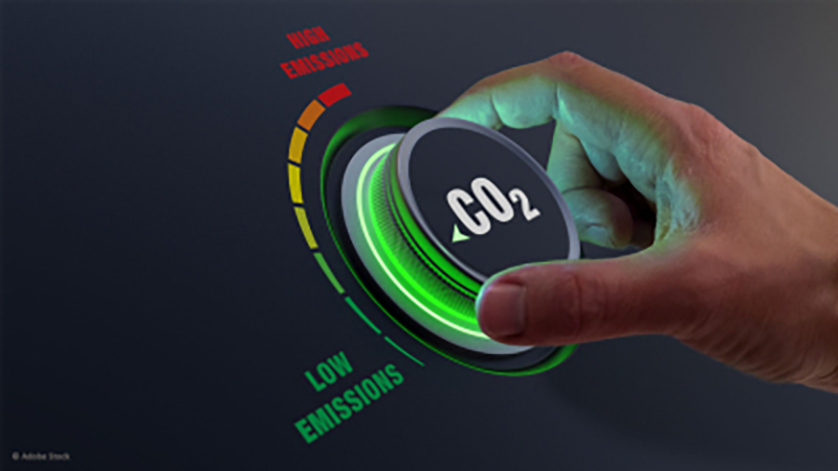
TA Luft has been revised. For the prevention of fugitive emissions, the new version of the German directive now follows the international standard ISO 15848-1. Correspondingly, tests in accordance with TA Luft follow the same test parameters as those in the ISO standard. However, the change in TA Luft has no consequences for WIKA valves in fugitive emission design that are already installed in applications. They were tested in accordance with both directives before delivery anyway.
A test to determine the emission rate of an instrumentation valve proceeds as follows: The valve undergoes artificial ageing under normal process conditions as well as using an inert trace gas, for example helium. After the test, a certificate is issued. The document states the emission rate determined. It also states the type of test item, temperature range and pressure, as well as the number of opening and closing cycles in the course of the test.
TA Luft prevented a comparison of valves from different manufacturers
The basis for such testing for industry in Germany is primarily the Technical Instructions on Air Quality Control (TA Luft), first published in 1964. The 2002 version finally instructed the manufacturers of valves to proceed in accordance with VDI guideline 2440 and its permissible values when testing for fugitive emissions. However, they could determine the test parameters themselves. Users were therefore unable to make a direct comparison of valves from different manufacturers.
Three emission classes and a definition of important test parameters
The 2021 revision of TA Luft has therefore ensured clear conditions by taking the internationally recognised DIN ISO 15848-1 as a basis for testing. Its strict requirements meet the market’s need for safe valves with a proven, minimised emission rate. The 2015 version of the standard defines three classes of permissible emissions: AH, BH, CH (“H” stands for helium). It also specifies important test parameters such as thermal and mechanical cycles, the type of measuring equipment and other technology, and the test methods.
New revision of TA Luft(valid from 12/2021) |
Old version of TA Luft(valid from 07/2002) |
| Para. 5.2.6.4.: Reference to DIN ISO 15848-1; tightness class B (LB) or C (LC) as specified in TA Luft | Para. 5.2.6.4.: Reference to VDI 2440 leakage rate 10-3 mbar*l/s specified in the VDI 2440 |
|
|
| -> Verification through independent third party | -> Self-declaration |
VDI 2440 has also been revised
In addition to TA Luft, VDI 2440 has also been revised: In its paragraph 6.3.1.3, the ISO standard is now included as a test and evaluation basis and as tightness class B (LB). As a result, both directives focus on the international standard for the qualification of valves for the reduction of fugitive emissions. This therefore means:
- a simplification of the certification process,
- a valve classification based on precisely defined performance classes,
- a comparison of different valves based on the same tests,
- a certification of emissions via static seals.
WIKA valves available with highest certification level
On customer request, WIKA already supplies instrumentation valves in fugitive emission design with the highest certification level in accordance with ISO 15848-1 or class AH or BH. These are the needle valves and valve manifolds of the IV1x, IV2x and IV3x series, the model IVM monoflanges, the monoblock valves of the IBF and IBM series and the model BV ball valves. Already installed valves of the mentioned models also meet the highest requirements due to their double certification in accordance with ISO standard and TA Luft. However, in the future, certification in accordance with TA Luft will no longer be required.
Designed for a wide range of applications
All WIKA valves in fugitive emission design are designed for a wide range of applications. For example, they are suitable for use in safety-critical upstream plants in the oil and gas industry where gases with a high H2S content occur. They are also suitable for chemical plants with extremely hazardous media such as ammonia. The valves also feature a compact design and an extremely durable sealing system. High-quality workmanship also contributes to durability and long-term reliability. In addition, WIKA offers a customer-specific assembly with measuring instrument for all valves. Such instrument hook-ups are both ready for operation and leak-tested on delivery (consequently with helium in the case of fugitive emission devices).
Note
Further information on the WIKA instrumentation valves can be found on the WIKA website. Would you like to buy valves and protective devices? In our WIKA online shop you’ll find some of our standard versions. If you have any questions, your contact will gladly help you.
Also read our posts
Avoiding fugitive emissions through prevention
Pressure measuring system against fugitive methane emissions
Play it safe with double block & bleed
Combination of pressure measuring instrument with accessories: Instrument hook-up instead of own assembly

